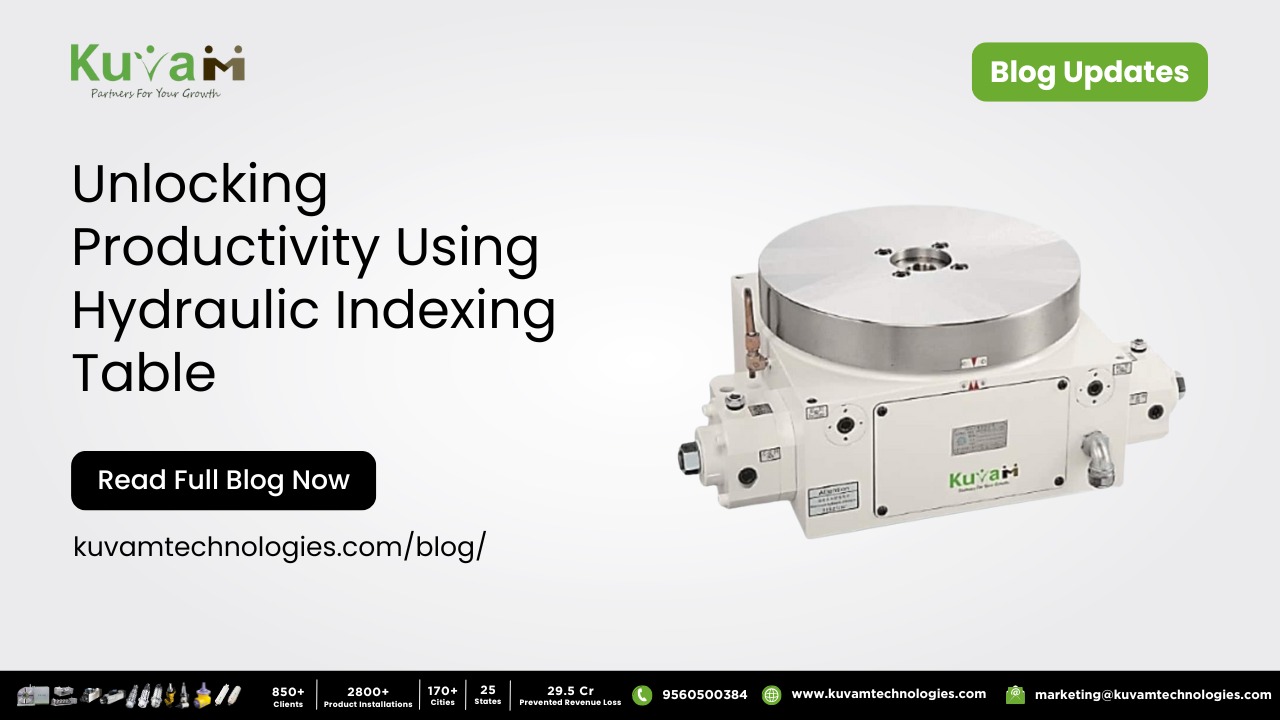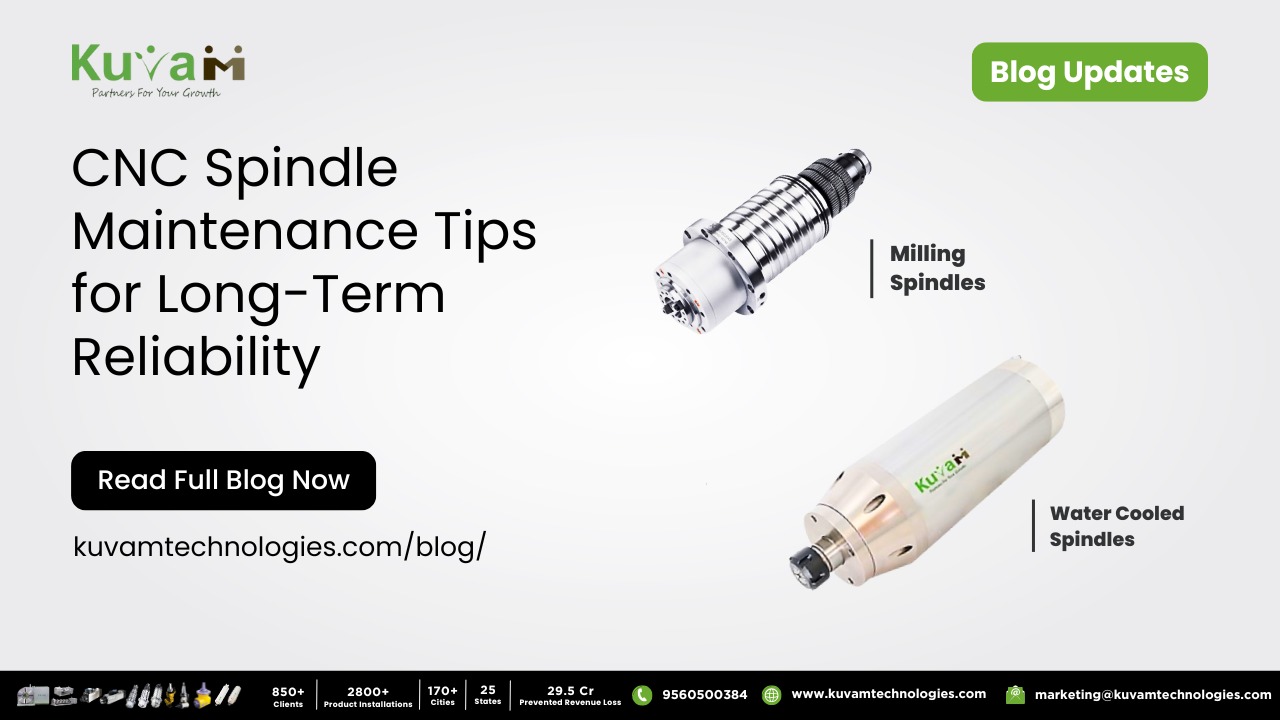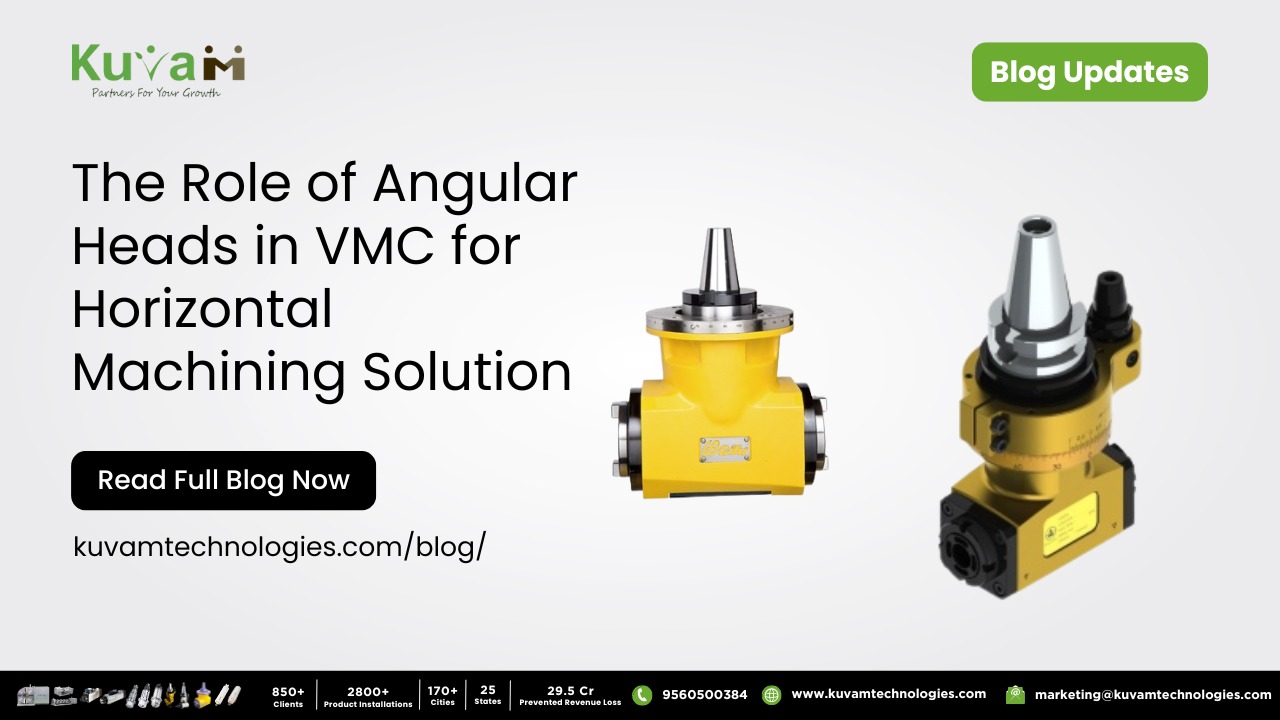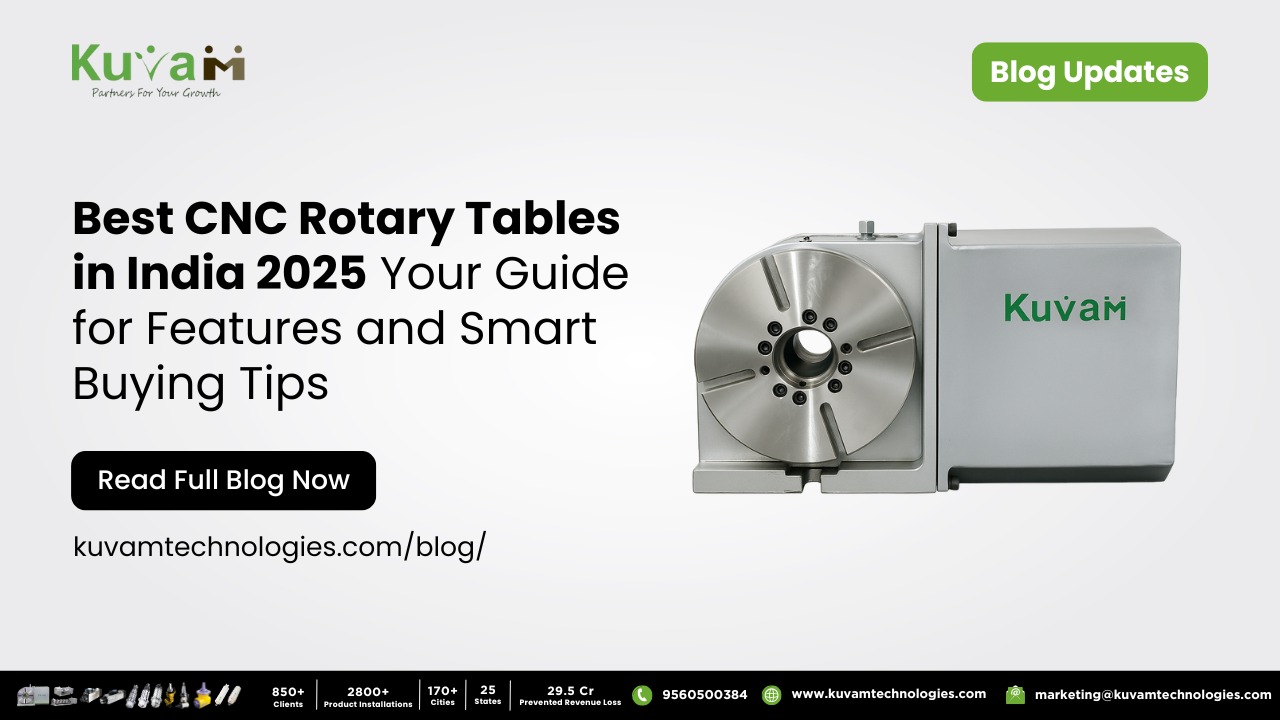Why Belt-Driven and Direct-Driven Spindles Are Best for Metal Industries
Choosing the right spindle for your machining needs is crucial in the metalworking industry. With various spindle options available, two stand out for their superior performance in handling metals: belt-driven spindles and direct-driven spindles. While high-frequency spindles are excellent for certain applications like lightweight material machining, they often fall short when it comes to the rigorous demands of metal industries.
In this blog, we’ll explain why belt-driven and direct-driven spindles are the preferred choices for metalworking. We’ll keep it simple and practical, so you can understand their benefits and decide what’s best for your operations.
What are Belt-Driven and Direct-Driven Spindles?
Before diving into why they are better suited for metal industries, let’s break down what these spindles are:
- Belt-Driven Spindles
These spindles use a belt and pulley system to transfer power from the motor to the spindle. The motor isn’t directly attached to the spindle, and the belt helps control speed and torque. - Direct-Driven Spindles
In these spindles, the motor is directly connected to the spindle shaft. There are no belts or pulleys, which means the motor’s power is transmitted straight to the spindle.
What Are Metal Industries Looking For in a Spindle?
When working with tough materials like steel, titanium, or aluminum, the spindle must be tough too. Here’s what metal industries need in a spindle:
- High Torque: To cut through hard materials without struggling.
- Durability: To handle heavy loads and continuous use.
- Precision: For accurate machining with tight tolerances.
- Versatility: To use with various tools and applications.
- Heat Resistance: To manage heat buildup during cutting.
While high-frequency spindles are great for lightweight jobs, they often lack the power, durability, and heat management needed for metalworking.
Advantages of Belt-Driven Spindles for Metal Industries
Powerful Torque for Tough Jobs
Belt-driven spindles are designed to handle tough materials with ease. The belt system allows for high torque, which is critical for cutting and shaping metals. This makes them a great choice for heavy-duty applications.
Customizable Speeds
One of the best things about belt-driven spindles is that you can adjust the speed and torque by changing the pulley system. This flexibility lets you fine-tune the spindle for different types of metals and machining tasks.
Cost-Effective Maintenance
Belt-driven spindles are simple to maintain. If the belt wears out, it can be replaced quickly and at a low cost. The motor and spindle remain unaffected, saving you money on repairs.
Better Heat Management
Because the motor is separate from the spindle, the heat generated by the motor doesn’t directly affect the spindle. This helps prevent overheating and extends the spindle’s life.
Versatility
From milling and drilling to tapping, belt-driven spindles can handle a variety of machining operations. This versatility is especially useful when you’re working with different metals and tools.
Advantages of Direct-Driven Spindles for Metal Industries
Precision and Stability
Direct-driven spindles are known for their accuracy. Since the motor is directly connected to the spindle, there’s no belt to slip or wear out. This ensures stable and consistent performance, which is critical for precise machining.
Low Vibration and Noise
Without belts or gears, direct-driven spindles produce less vibration and noise. This not only improves machining quality but also creates a better work environment for operators.
Efficient Power Transmission
Direct-driven spindles deliver power straight from the motor to the spindle. There’s no energy loss, which means better efficiency and performance for metal machining.
Compact Design
These spindles are often more compact than belt-driven spindles. This makes them a great fit for machines with limited space or specialized setups.
Durability for Heavy-Duty Use
Built with fewer moving parts, direct-driven spindles are robust and durable. They can handle the tough conditions of metalworking without frequent maintenance.
Why High-Frequency Spindles Aren’t the Best Fit for Metal Industries
While high-frequency spindles are great for high-speed machining, they don’t meet the needs of metal industries in several ways:
- Low Torque: They focus on speed, not torque, making them unsuitable for tough materials.
- Limited Durability: High-frequency spindles can overheat and wear out quickly under heavy loads.
- Higher Repair Costs: Because of their integrated design, repairs and replacements can be costly.
- Narrow Applications: They are better suited for lightweight materials like wood or plastic, not metals.
How to Choose Between Belt-Driven and Direct-Driven Spindles
Both belt-driven and direct-driven spindles are excellent for metal industries, but the best choice depends on your specific needs:
Choose Belt-Driven Spindles If:
- You need high torque for heavy-duty machining.
- You want flexibility to adjust speed and torque.
- You prefer easy and cost-effective maintenance.
Choose Direct-Driven Spindles If:
- You need precision and stability for tight tolerances.
- You want minimal vibration and noise.
- You require efficient power transmission for continuous operations.
Real-World Benefits for Metal Industries
Using the right spindle can make a big difference in your operations. Here’s how belt-driven and direct-driven spindles can help:
- Boost Productivity: With reliable torque and precision, these spindles reduce machining time and improve output quality.
- Lower Costs: Durable designs and easy maintenance mean fewer breakdowns and repairs.
- Enhance Flexibility: Whether it’s cutting, milling, or drilling, these spindles can handle it all.
- Improve Operator Safety: Reduced vibration and heat ensure a safer work environment.
When it comes to machining metals, belt-driven and direct-driven spindles are the clear winners. Their ability to deliver high torque, precision, and durability makes them the go-to choice for metal industries. High-frequency spindles may work for lightweight jobs, but they simply can’t match the power and reliability needed for tough materials.
If you’re looking to upgrade your machining operations or need advice on selecting the right spindle, we’re here to help. At Kuvam Technologies, we specialize in spindles designed for performance and efficiency. Contact us today to find the perfect solution for your needs!
Looking for the best spindles for your metalworking machines? Explore our range of belt-driven and direct-driven spindles, or get in touch with our experts for personalized recommendations at 9560500384 or email us at marketing@kuvamtechnologies.com Let’s make your machining more efficient and profitable!




